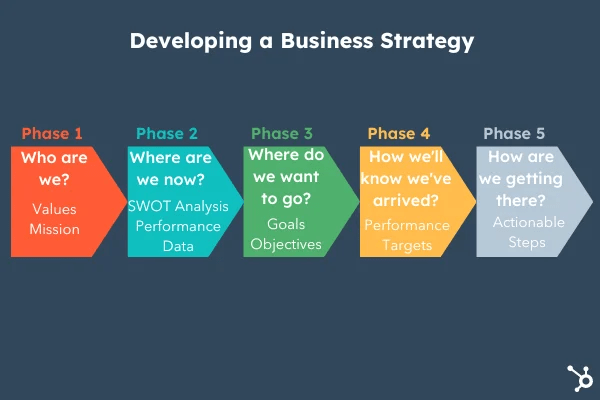Growth Metrics: How to Measure and Improve Business Performance
In the fast-paced world of technology, business owners and marketers are constantly seeking ways to measure and improve their business performance. One of the key tools in their arsenal is growth metrics – data-driven indicators that provide insights into how well a business is performing and where there is room for improvement.
Why are Growth Metrics Important?
Growth metrics are essential for any business looking to drive success and achieve their goals. By tracking these key performance indicators (KPIs), businesses can gain valuable insights into their strengths and weaknesses, identify areas for improvement, and make informed decisions to drive growth. Without proper measurement and analysis of growth metrics, businesses risk flying blind and missing out on valuable opportunities for growth.
Key Growth Metrics to Measure
When it comes to measuring business performance, there are a wide variety of growth metrics that can be tracked. Some of the key metrics that every tech business should be monitoring include:
Customer Acquisition Cost (CAC)
CAC measures how much it costs to acquire a new customer. By tracking this metric, businesses can ensure that their customer acquisition efforts are cost-effective and efficient.
Customer Lifetime Value (CLV)
CLV is the total amount of money a customer is expected to spend with a business over their lifetime. By understanding CLV, businesses can make better decisions about how much to invest in acquiring and retaining customers.
Churn Rate
Churn rate measures the percentage of customers who stop using a product or service over a given period of time. By reducing churn rate, businesses can increase customer retention and drive long-term growth.
Monthly Recurring Revenue (MRR)
MRR is the amount of revenue a business can expect to receive on a monthly basis. By tracking MRR, businesses can predict future revenue and make better decisions about budgeting and resource allocation.
Net Promoter Score (NPS)
NPS measures customer loyalty and satisfaction by asking customers how likely they are to recommend a business to a friend or colleague. By tracking NPS, businesses can identify ways to improve customer satisfaction and drive growth through word-of-mouth referrals.
How to Improve Business Performance with Growth Metrics
Once businesses have identified and started tracking key growth metrics, the next step is to use this data to drive improvement. Here are some tips for improving business performance with growth metrics:
Set Clear Goals
Before you can start using growth metrics to drive improvement, it’s important to set clear, measurable goals for your business. By setting specific targets for key metrics, you can track your progress and make adjustments as needed to achieve your goals.
Monitor Trends and Patterns
Regularly monitoring growth metrics can help you identify trends and patterns in your business performance. By tracking changes in key metrics over time, you can spot opportunities for improvement and take action to drive growth.
Make Data-Driven Decisions
When it comes to improving business performance, it’s crucial to make decisions based on data rather than gut feeling. By using growth metrics to inform your decision-making process, you can ensure that your business is on the right track to success.
Experiment and Iterate
Don’t be afraid to experiment with different strategies to see what works best for your business. By testing new ideas and iterating based on your growth metrics, you can continually improve your business performance and drive long-term growth.
Conclusion
Growth metrics are a powerful tool for measuring and improving business performance in the tech niche. By tracking key performance indicators like CAC, CLV, churn rate, MRR, and NPS, businesses can gain valuable insights into their performance and make informed decisions to drive growth. By setting clear goals, monitoring trends, making data-driven decisions, and experimenting with new strategies, businesses can use growth metrics to drive improvement and achieve their goals in the fast-paced world of technology.


